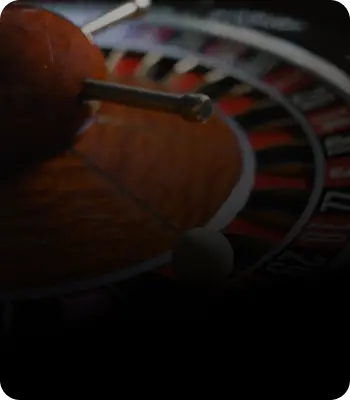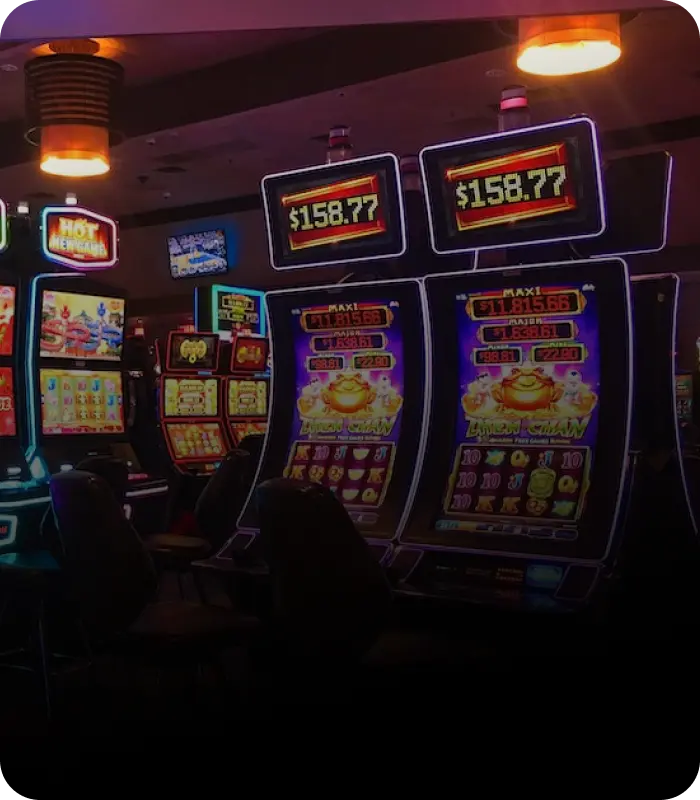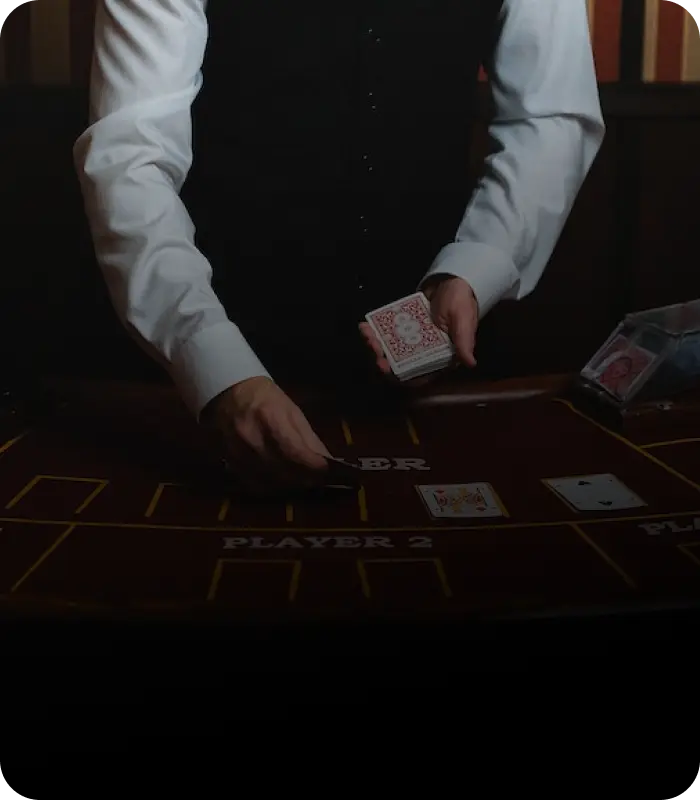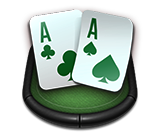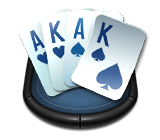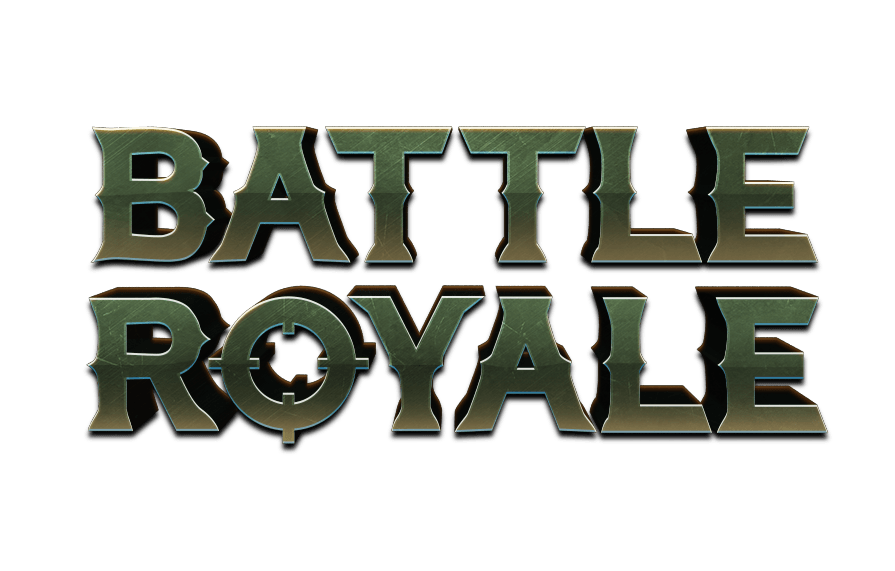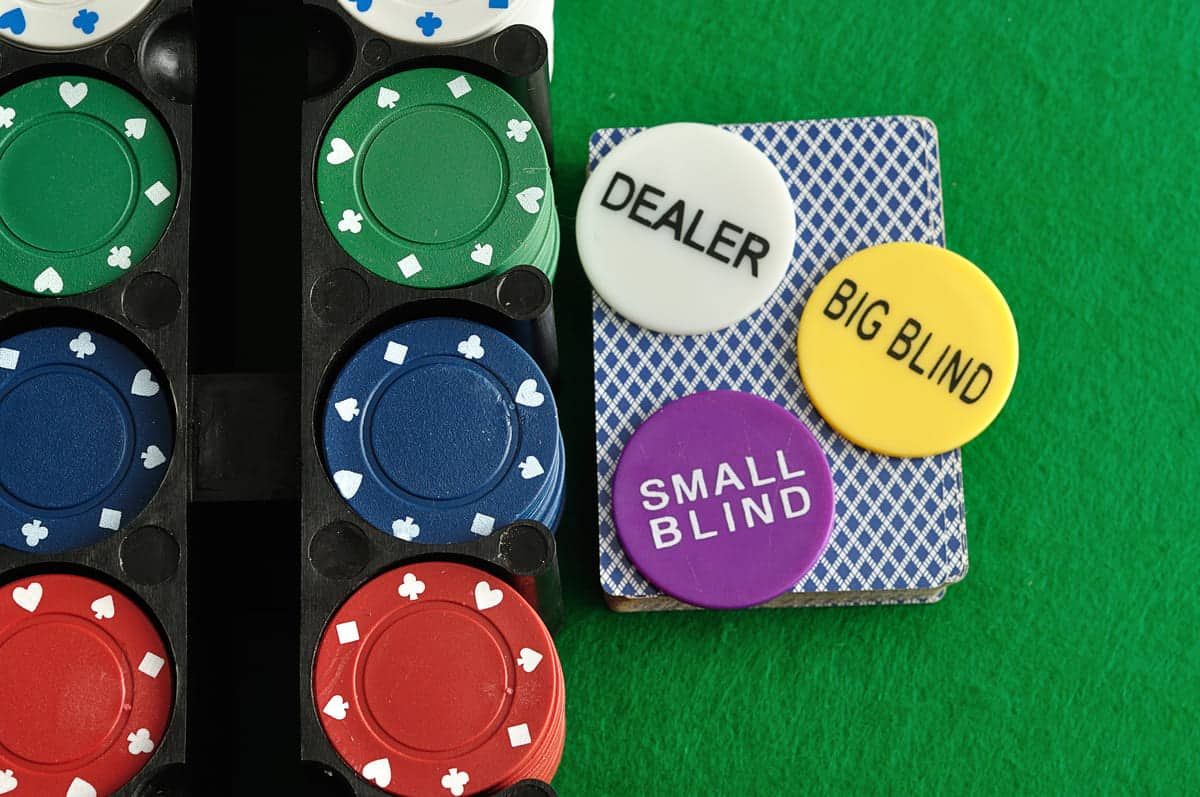
An innovative concept known as the Third Blind tables has recently gained popularity, introducing a captivating twist to traditional No Limit Hold'em cash games. Commonly referred to as 3-Blind or Three Blind, this fresh approach offers an intriguing variation for poker players.
In this guide to 3-Blind poker games, we’ll share the most important facts that you need to start playing. First, we’ll reveal the basic rules and betting structure, before discussing the Third Blind strategy modifications you’ll need to make.
Third Blind Poker Rules
Let’s kick things off by making sure we understand the rules of the game. The good news is this: if you already know how to play Texas Hold’em poker, you’re on the way to mastering 3-Blind.
These new tables are played like regular Hold’em cash games, with a standard 52-card deck. Each table can seat up to eight players and the usual poker hand rankings apply. Just like any other Hold’em game, each player is dealt two hole cards. And there are five extra community cards with which to make the best possible hand.
Blind Structure
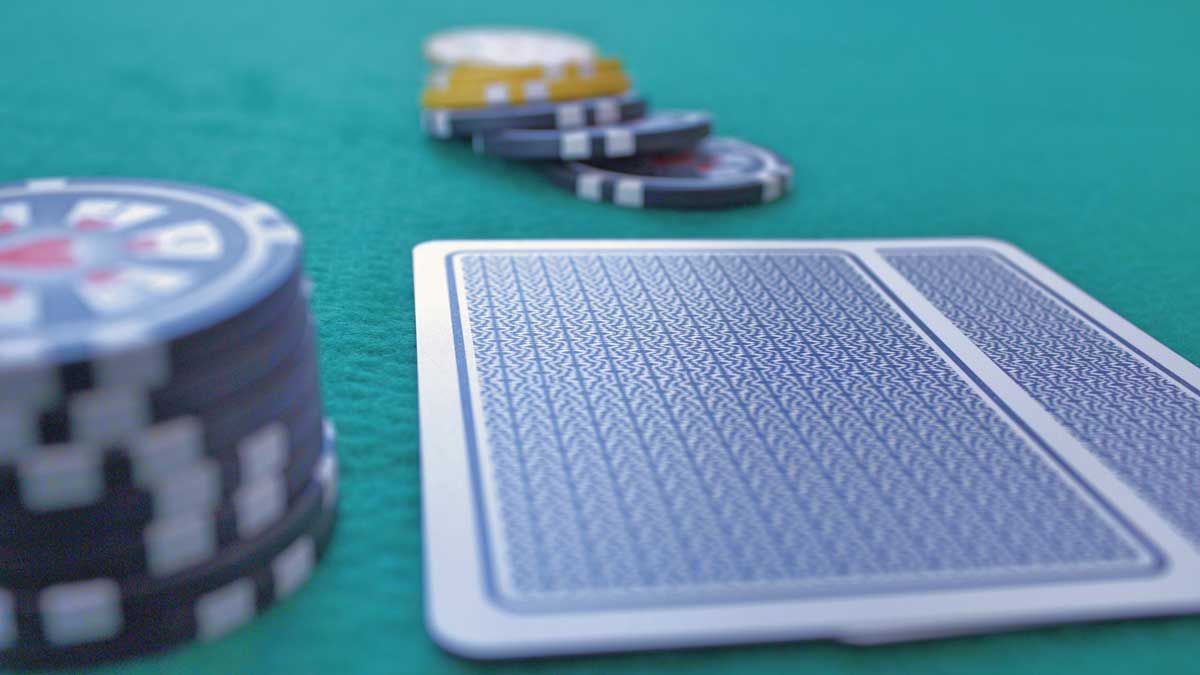 The key difference between 3-Blind and a standard Hold’em game concerns the forced bets made before the cards are dealt. In addition to the usual small and big blind, a third blind is posted by the player who would ordinarily be under the gun. In addition, all players must pay an ante, including those in the three blind spots. This is equal to the small blind in value.
The key difference between 3-Blind and a standard Hold’em game concerns the forced bets made before the cards are dealt. In addition to the usual small and big blind, a third blind is posted by the player who would ordinarily be under the gun. In addition, all players must pay an ante, including those in the three blind spots. This is equal to the small blind in value.
Pre-flop play begins with the player four seats to the left of the dealer. While the flop, turn, and river action starts in the usual fashion, immediately to the left of the button. Although three blinds are posted in full games, it’s still possible to play heads-up if just two players are seated.
Is This Just Hold’em With a Straddle?
So far, it sounds like this is just an ordinary Hold’em cash game with a straddle, but that’s not quite the case. A straddle is a voluntary action, where the player immediately after the big blind makes a minimum bet in the dark.
However, in 3-Blind, all three players to the left of the dealer button must bet whether they want to or not. And in addition, every player is forced to pay an ante, equal in value to the first blind bet. With so many forced bets in the pot before a card is even dealt, Three Blind games are designed to encourage action.
Third Blind Hold’em Strategy
Now that we understand the 3-Blind concept, what’s the best way to approach the game? Do we need to modify our standard Hold’em cash game strategy in any way? The short answer is “yes”.
Bankroll Considerations
= The first and most obvious thing to note is that Third Blind games are going to feature a lot more action than normal. Straddles and antes were deliberately designed to increase betting. So imagine an 8-max game with 11 compulsory bets, equal to 7.5x BBs, in every single pot - before a hand is dealt!
The first and most obvious thing to note is that Third Blind games are going to feature a lot more action than normal. Straddles and antes were deliberately designed to increase betting. So imagine an 8-max game with 11 compulsory bets, equal to 7.5x BBs, in every single pot - before a hand is dealt!
Since you’re going to be forced to get involved with weaker hands far more often, you should prepare for an increased level of variance. As a result, you’ll need to ensure your Customisable Hotkeys iis7站长之家 is big enough to handle these fluctuations.
Understanding Stack-to-Pot Ratio (SPR)
It’s crucial to understand the idea of Stack to Pot ratio (SPR) in any poker game. But with 3-Blind, it’s even more important than ever. As the SPR changes in a game, so should your playing strategy.
High SPR situations leave lots of room for creative play. But if the SPR is low, there’s not going to be much post-flop betting. As such, the value of certain hands changes. Suited connectors and the lowest pocket pairs are far less valuable when the SPR is low, for example.
3-Blind tables frequently have far more money in the pot than regular Hold’em cash games. So naturally, you’ll find yourself in low SPR situations far more often when playing with a third blind. With that in mind, what changes do you need to make?
First, you should open pre-flop with smaller bet sizes when the SPR is low. Second, spend less time looking to bet and raise post-flop and place greater emphasis on getting it in pre-flop, especially with premium hands.
Finally, think about holdings that play better in low SPR spots. For instance, you can consider weaker Broadway hands, such as A-J offsuit, to be much stronger pre-flop at 3-Blind tables.
Playing From the Blinds
 The small blind is an especially difficult spot to play from in 3-Blind games, or even regular cash tables where a straddle is posted. When stealing, we now need to get through two different players and, if called, would be out of position against both.
The small blind is an especially difficult spot to play from in 3-Blind games, or even regular cash tables where a straddle is posted. When stealing, we now need to get through two different players and, if called, would be out of position against both.
Unfortunately, the only way to combat this is to simply tighten up your betting ranges and try to steal less often from that spot.
However, you can still be aggressive from the small blind in 3-Blind games. For instance, it’s a good spot to squeeze from. If you’re facing an open and a flat, you can go after the caller with a decent-sized raise. Doing so has the added benefit of taking the other blinds out of the game.
If you’re against a suspected steal when in the small blind, consider playing back with a sizable raise of 3.5x to 5x BB. This puts a ton of pressure on the initial in-position aggressor, while once again knocking out the other blinds.
Conclusion
Three Blind, or 3-Blind tables are an action-packed form of Texas Hold’em. As the name suggests, these cash games feature an additional forced blind, as well as compulsory antes, to encourage more aggressive play.
While the rest of the rules remain the same as standard Hold’em, you will need to tinker with your strategy to be successful. Bring a larger bankroll with you to absorb the additional variance. And be aware of the SPR changes that will impact your decisions.













